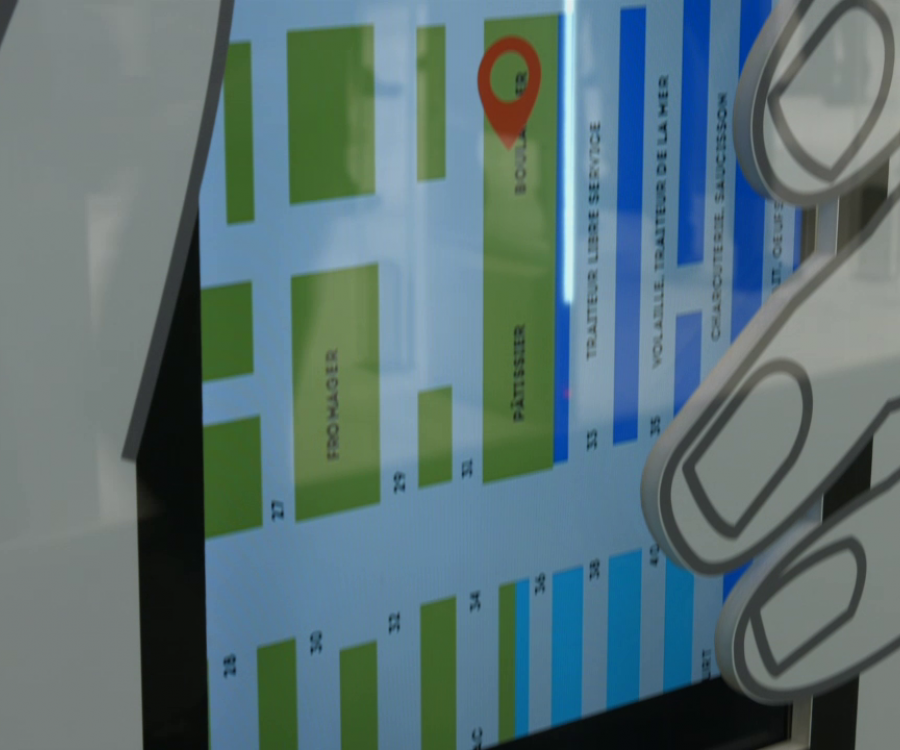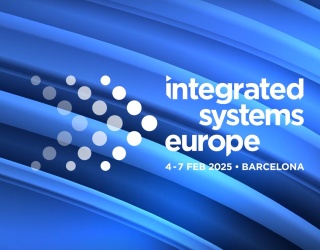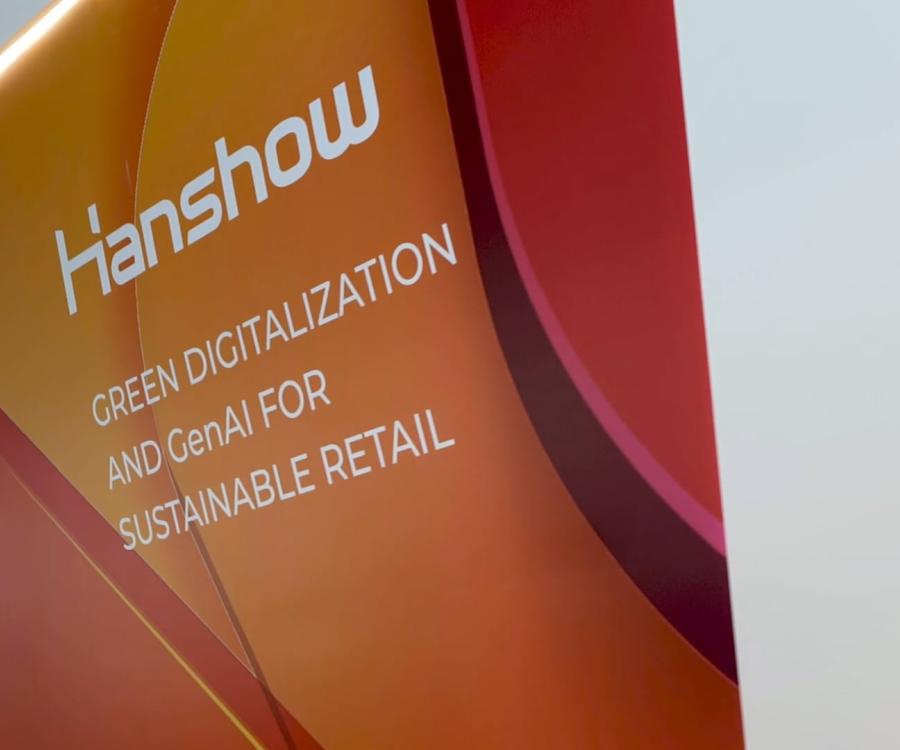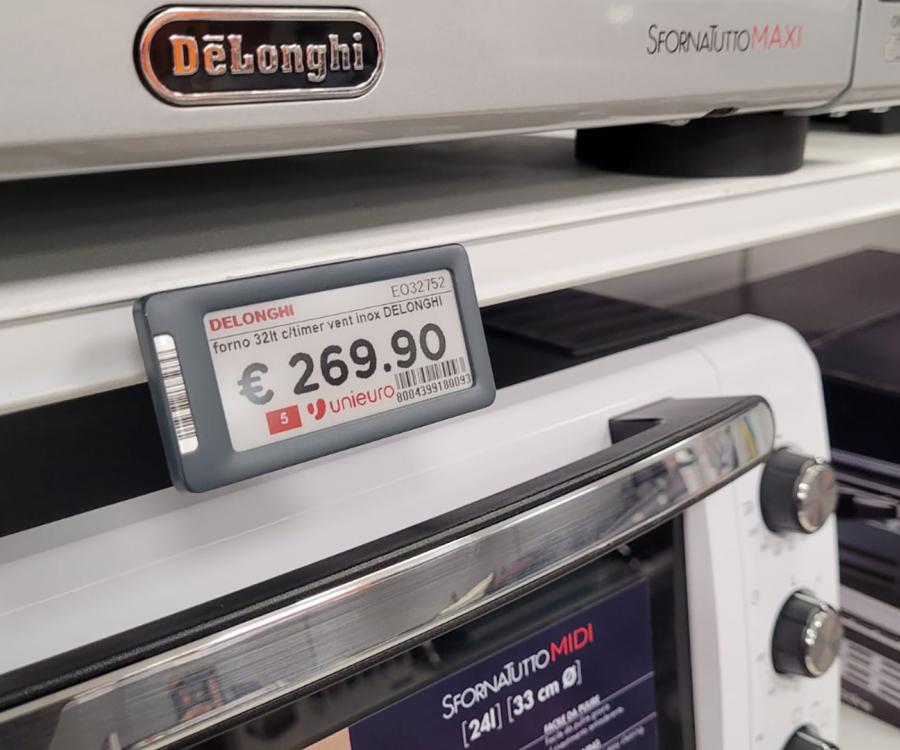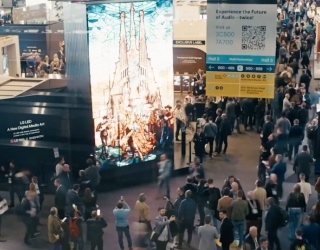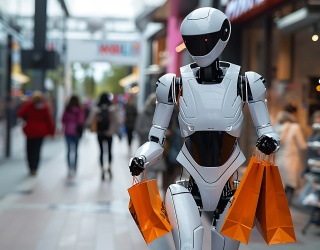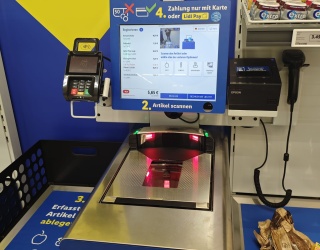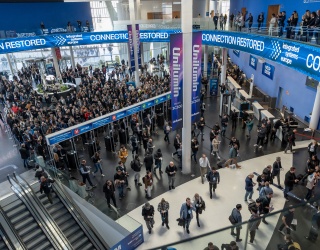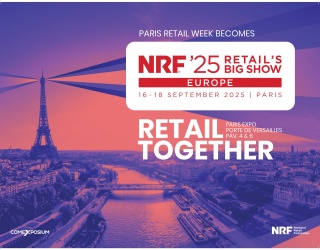There are many benefits of digital price tags for retailers, especially given the ever more sophisticated solutions. Yet consumer advocates are still skeptical – for fear of price fluctuations. But is this concern justified?
Until two years ago, electronic shelf labels (ESL) were uncharted waters. Even back then there was great skepticism. If retailers are able to change prices at the push of a button, how reliable are the prices listed on the shelf label? Just recently consumer advocates once again questioned whether this option could have a negative impact on customer loyalty. The potential of ever-changing “gas prices“ might weaken customer trust.
Silke Schwartau of the Consumer Advice Center in Hamburg, Germany, says, “We know from gas stations how uncertain customers are about the actual price they are expected to pay once they get to the cash register. Especially right before public holidays and vacation times, gas prices tend to rise arbitrarily. There was concern about losing track. It’s something customers worry might also happen in food retailing. It specifically worries those consumers, who struggle when prices increase even a few cents. They are afraid of having to pay a different price than what’s stated on the shelf.“
In theory, it’s certainly possible for retailers to change prices within a very short period of time and sometimes even several times per day. However, when asked, retailers and manufacturers state that in reality, this is presently not the case. For example, Media Markt and Saturn, which have equipped all of their 420 stores in Germany with ESLs at this point, issue the following response to this skepticism: “We generally have to monitor how frequently price changes truly make sense. That’s something we have actually always done by the way. In the past, this was done manually, now it happens digitally. Our goal is definitely not to constantly change prices like gas stations are in the habit of doing and thus confuse our customers. If price adjustments are necessary, we normally implement them outside of the usual business hours.“

Info: The price on the shelf is de facto just a “proposal“ the customer submits at the checkout counter. If the cash register indicates a price that differs from the one that was just indicated on the shelf, the customer is free to not accept it. If customers pay for an item and subsequently notice the price difference, they can immediately contest it. However, the seller does not have to agree to it. If he does, it’s simply a gesture of goodwill.
Professor Martin Fassnacht of the WHU- Otto Beisheim School of Management also doesn’t consider price changes as dangerous. ”What is so wrong about the fact that prices change? They have always changed in the past, except today it’s simply faster to implement. The only problem is that consumers are not too familiar with ESL systems yet. We Germans are generally afraid of new things. However, our lives are becoming more dynamic and unique. Right now, there are not many ESLs in stores but this is about to change.“
The benefits for customers and retailers
Maybe the benefits of ESLs are able to help customers and retailers to overcome their fear of this digital change. On the one hand, digital tags actually prevent wrong pricing because they indicate the exact price the cash register applies, once they have been connected to the inventory control system. And incidentally, this is the price that ultimately counts.
On the other hand, ESLs are used in brick-and-mortar retail stores to keep up with online retail. It is common practice for customers to compare online and offline prices, especially when it comes to consumer electronics. They check out and test the items at the store and then compare prices online. The better deal wins out in the end. Strongly varying prices, both at a retailer’s online store and at competitor’s venues have a deterrent effect and obviously, make customers choose the less expensive option. This is why it is vital for brick-and-mortar retailers to always offer customers the best price.
“ESL systems are not intended to deceive customers but to adapt to the changing buying behaviors.“ (Arne Jürgensen, CEO of xplace GmbH)
Price comparisons can be completed using software solutions that compare prices from a network of different suppliers and present them to the category manager. He or she can then adjust the price or even have the price automatically adjusted. This can be done in all stores at the touch of a button. Otherwise, this would happen with a day’s delay, which in turn results in sales losses.
Another hot topic is sustainable pricing. Supermarkets increasingly use the digital tags in their produce and fresh food departments. In doing so, perishable foods can be put on sale in the evenings to reduce write-offs, for example. In times of hotly debated issues like food waste, this is something that can also boost a retailer’s brand image. As a side note, by now some ESLs even come with a safety feature that allows for dishwasher cleaning.
As a general rule, the use of ESLs saves time. Time that can subsequently be spent to assist customers on the sales floor. These are findings that retailers like Media Markt and Poco can truly appreciate.

“You could definitely program the system to where prices won’t change on your way from the shelf to the cash register. Just like at the parking garage where you have 15 minutes to exit.“ (Prof. Dr. Martin Fassnacht, WHU – Otto Beisheim School of Management)
New possibilities with ESL systems
The possibilities of ESL systems have generally vastly improved. Thanks to expanded display options such as three colors (white-black-red and now also white-black-yellow), displays of symbols and improved visibility regardless of incident light due to e-paper technology, they have not only become more attractive but are also able to provide additional information.
This offers several opportunities for retail spaces, though they are admittedly still in their infancy. NFC (near-field communication is currently only readable by Android devices) and beacons can be embedded in ESLs and open up new types of customer sales approaches. However, ESLs consume more power in this case. While they can get by without battery replacement for five years if used in their function as a simple price tag, when beacons are added, the energy sources need to be replenished after one year because they continuously use power.
Having said that, in some areas like logistics, for example, these are aspects that can be built into work sequences. Storage areas, in particular, where storage locations are often changing, can benefit from switching over from paper labels to the more time-flexible digital version. There is also a lot happening in this area.

The future has already started
Whereas most retailers still consider ESLs as a potential option and weigh the relatively high initial costs against the benefits, Media Markt and Saturn have actually even started to use indoor navigation and assistant robots that get their bearings using the labels at the store. Other plans are also in the works. “Aside from the respective price, electronic price labels currently also display the product description as well as relevant product features. In the future, we also want to use the price tags to give customers additional information. In the future, they could also use the price label to call up technical data, video clips or additional product information with their smartphones,“ says a company spokesperson.
And indeed, ESLs offer multiple opportunities and options. This is why a responsible use of this tool is especially important to build and maintain customer trust in the future. Only one thing is certain: every customer will be happy about the lowest price.
Copyright cover photo: delfi


